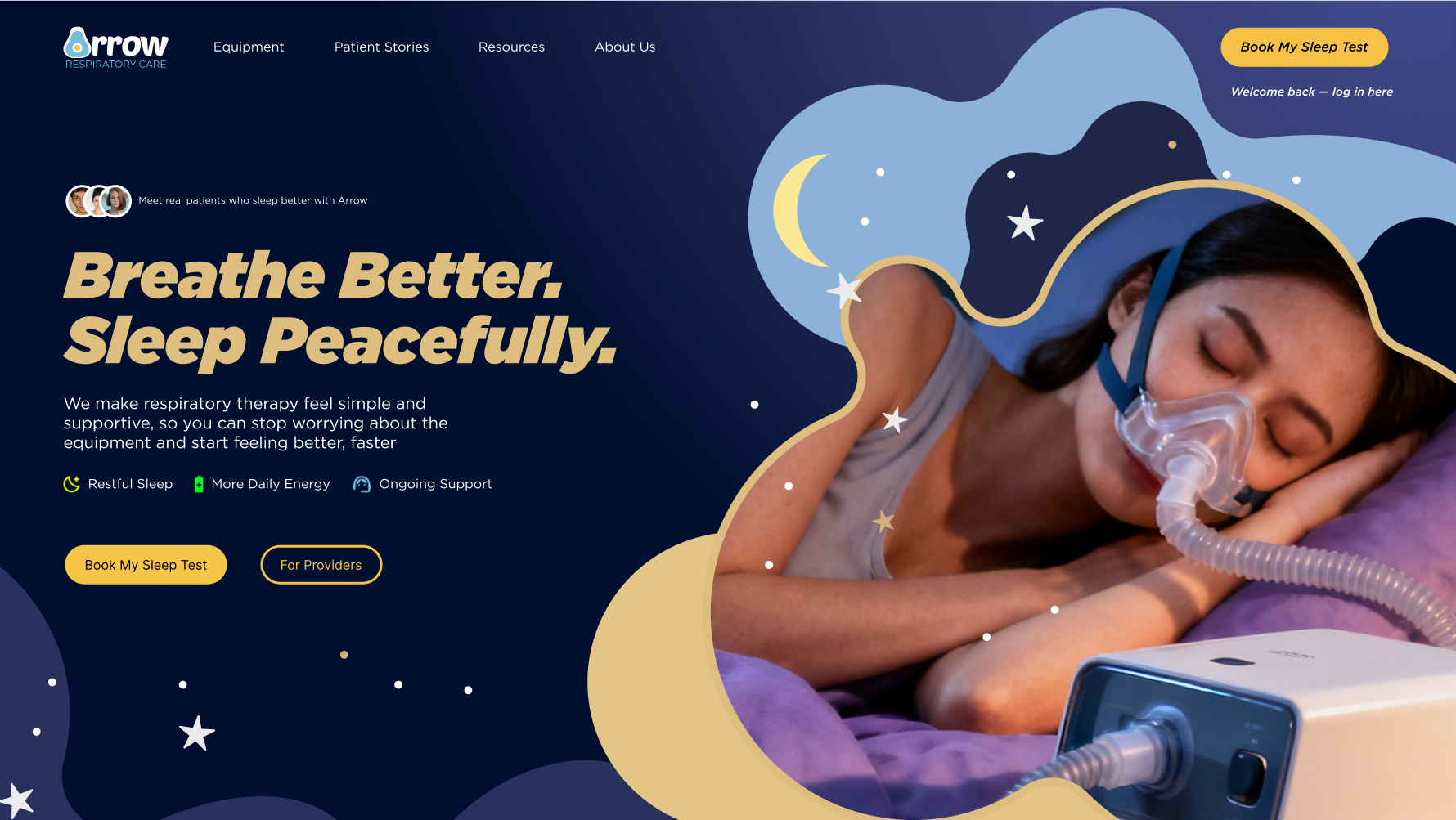Summary
Working out often feels like an uphill battle. The body grows stronger through challenge as muscles adapt by repairing microscopic tears and fat is burned as energy demands rise, but the mind resists the discomfort. Fatigue after work, dread of pain, or lack of motivation block people from forming habits.
I set out to explore how design could bridge the gap between an unmotivated brain and long-term fitness goals by using the same techniques that make games engaging, such as short-term rewards, streaks, and social challenges that make consistency feel worthwhile.
Role: UI/UX Designer ( research, ideation, prototyping )
Tools: Figma, FigJam, Photoshop
Problem Statement
Many people want to exercise but struggle to begin or stay consistent. Fatigue, discomfort, and lack of time often get in the way, while most fitness apps are too rigid to support someone starting from zero.
The barrier is largely mental: long-term goals feel distant, and missing a few days often leads to derailment. Once a routine is broken, getting back on track requires extra mental effort, turning what used to feel automatic into the conscious burden of deliberate action.
Ignored reminders: even with fitness notifications, users often default to passive habits like watching TV instead of exercising.
Research
With limited time and budget, I focused on cost-effective methods. I scraped user comments from online fitness communities to hear how people describe their struggles in their own words.
Using AI, I clustered these insights into themes and drafted three provisional personas. To bring them to life, I ran mock interviews with AI-generated responses, which helped simulate how real users might explain their pain points.
User comments, surveys, and secondary studies revealed three recurring patterns: derailment after missed workouts, the need for flexibility when life gets busy, and a preference for motivation that feels personal rather than imposed.
Time-Efficient Workouts
User: A busy parent or professional with long, unpredictable days
Need: Short, flexible workout options
Insight: Small wins restore pride, but exhaustion and family duties often derail routines
User: A busy parent or professional with long, unpredictable days
Need: Short, flexible workout options
Insight: Small wins restore pride, but exhaustion and family duties often derail routines
POV: A busy parent needs short and flexible workout options because unpredictable days and fatigue make it hard to commit to long sessions.
Safe and Private Environment
User: A beginner exerciser who feels judged in gyms
Need: A supportive, private way to build fitness
Insight: Fear of embarrassment shuts them down, while gentle nudges or home workouts help them restart
User: A beginner exerciser who feels judged in gyms
Need: A supportive, private way to build fitness
Insight: Fear of embarrassment shuts them down, while gentle nudges or home workouts help them restart
POV: A gym-shy beginner needs a private, supportive way to build fitness because fear of embarrassment keeps them from exercising in public.
Motivation and Habit Support
User: Someone who often starts but struggles to stay consistent
Need: Motivation to sustain long-term habits
Insight: Guilt and loss of visible progress cause them to give up, while progress tracking and encouragement reignite effort
User: Someone who often starts but struggles to stay consistent
Need: Motivation to sustain long-term habits
Insight: Guilt and loss of visible progress cause them to give up, while progress tracking and encouragement reignite effort
POV: A person who struggles with consistency needs motivation and habit support because lack of progress and guilt make them stop altogether.
Insights
These patterns point to a deeper truth: users struggle less with physical effort and more with the emotional weight of restarting. A single missed workout can trigger guilt and an all-or-nothing mindset, leading to long breaks. At the same time, identity and relationships fuel motivation, as many want to be seen as resilient or as role models for family. Designing for recovery, flexibility, and encouragement is key to helping them re-enter the habit loop without judgment.
This section shows the affinity map and empathy map that capture key themes from research, together with cultural probe photos documenting daily exercise helpers and blockers.
Concepts
Based on the research and insights, I explored two different directions to bridge the gap between short-term motivation and long-term fitness goals. StepUp emphasizes consistency through social challenges, matching people at similar levels and rewarding steady commitment while also recognizing intensity when users choose to push harder. CritterQuest takes a playful path, using collectibles, evolutions, and in-game rewards to keep the brain engaged through progress and novelty. Together, these concepts show how both social accountability and gamification can turn effort into short-term rewards that help build lasting habits.
StepUp
StepUp turns fitness into social challenges that reward both consistency and intensity. Core HIIT workouts are supported by an on-ramp for beginners, so anyone can join at their own pace. A level-matching system keeps challenges fair, while everyday actions also count toward progress. If streaks are broken, the on-ramp reactivates to help users restart quickly and stay motivated.
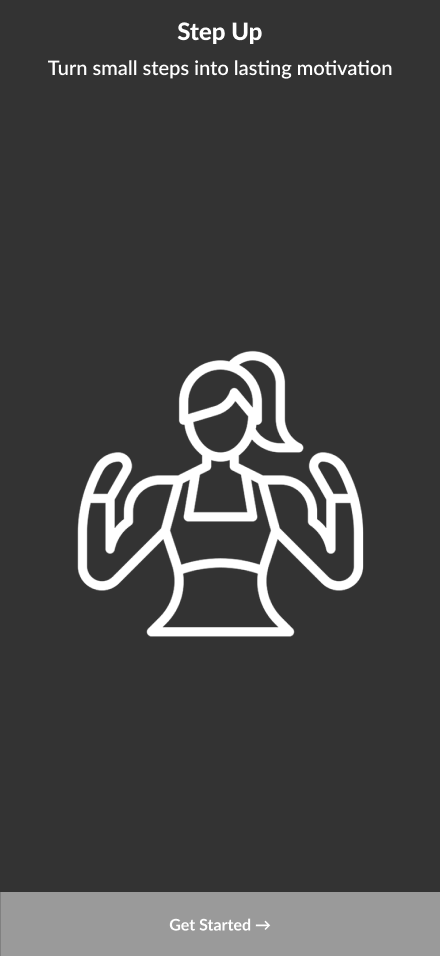
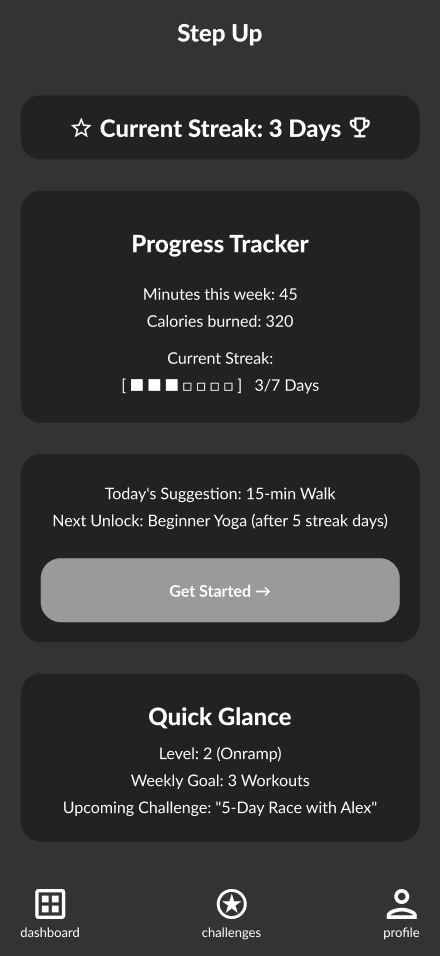
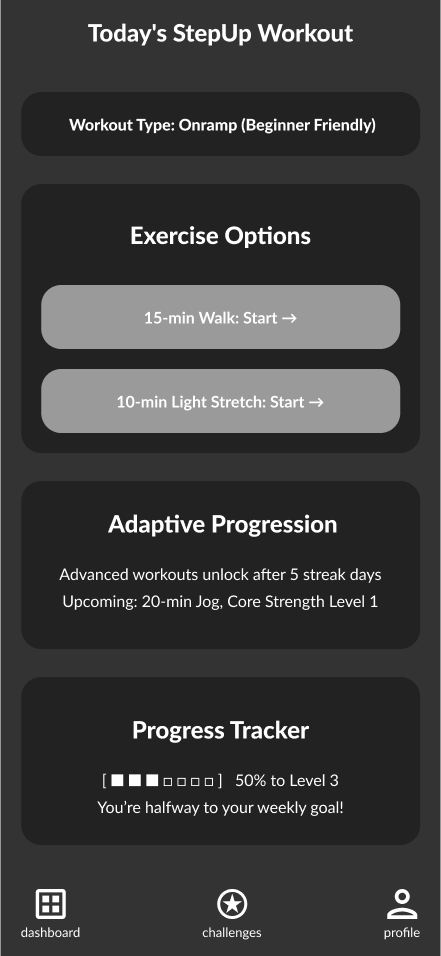
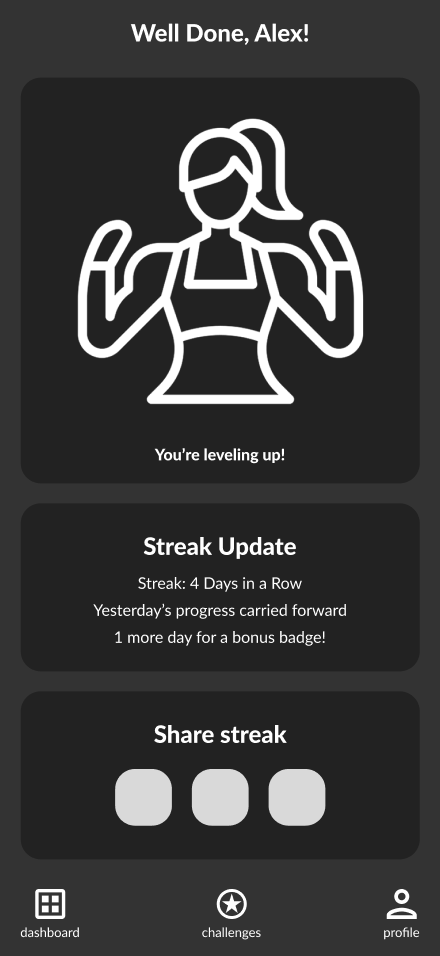
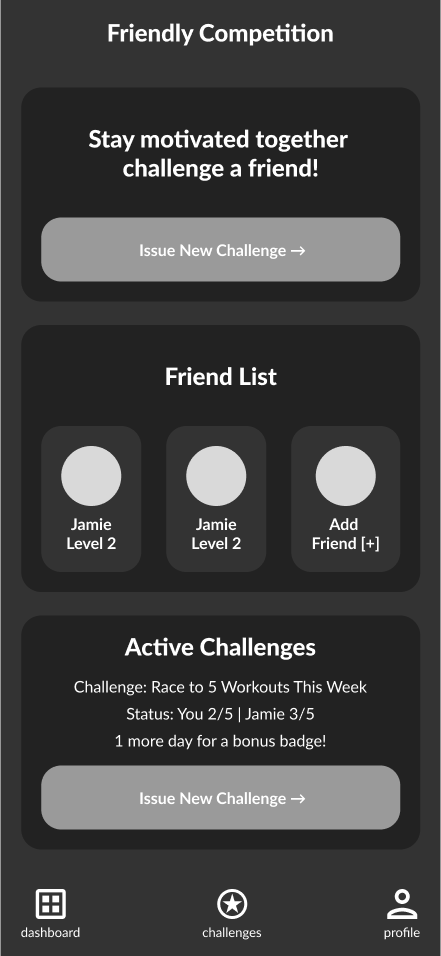
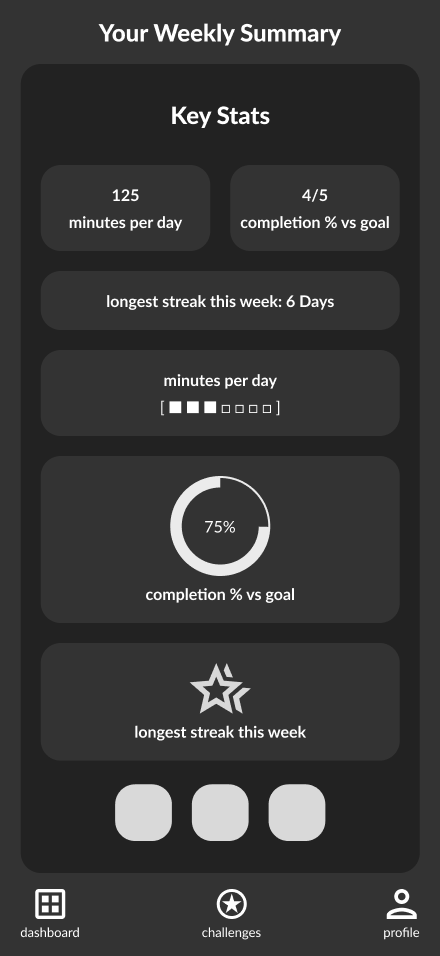
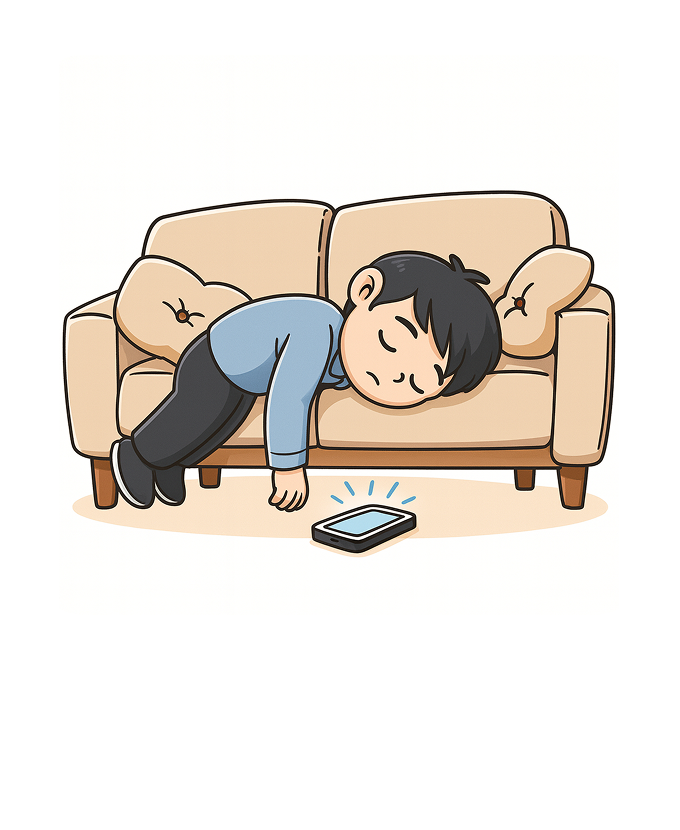
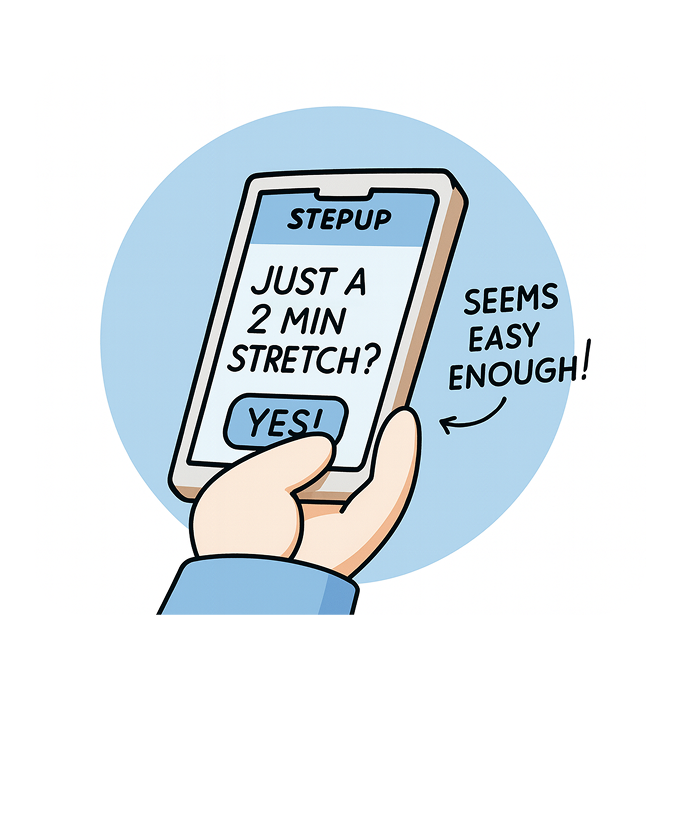
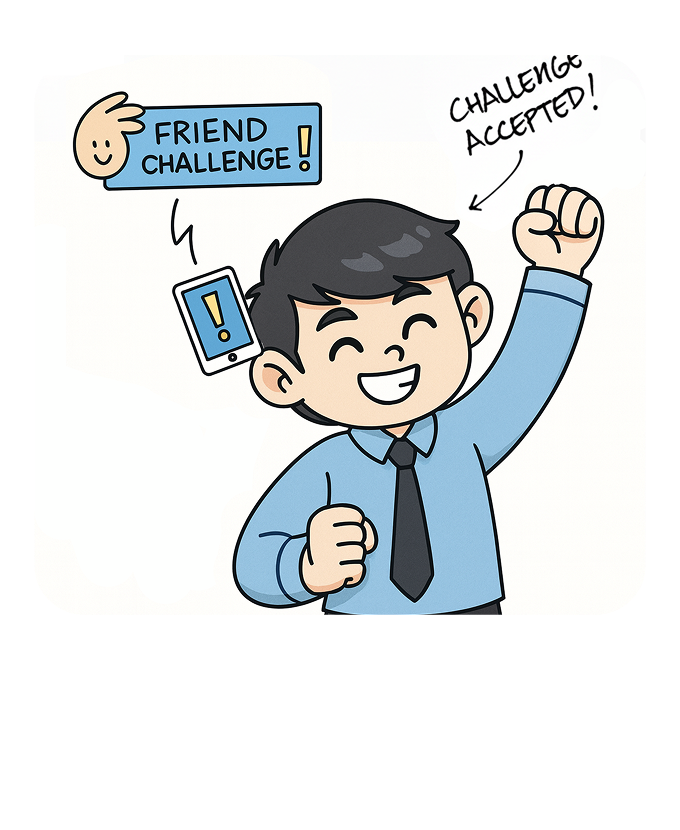
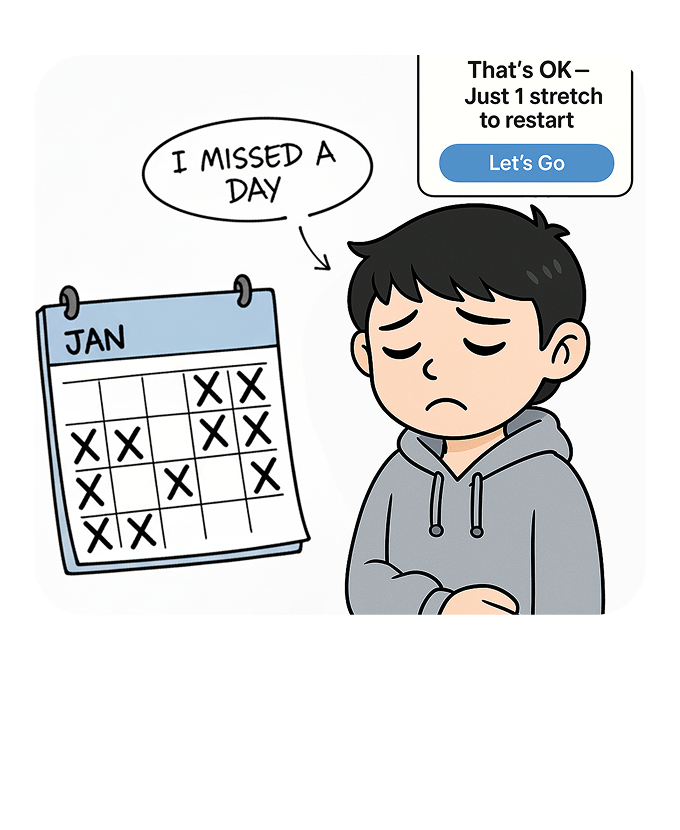
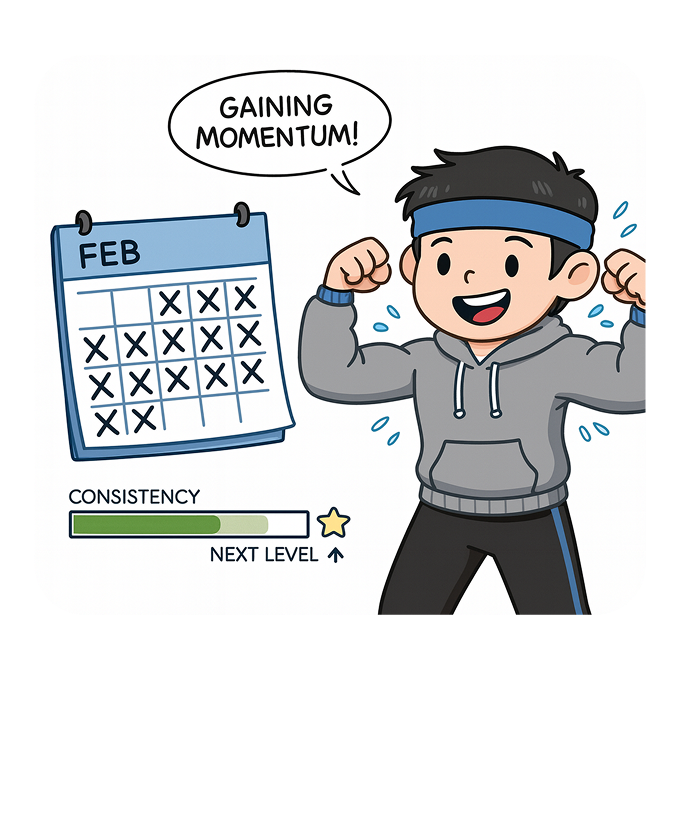
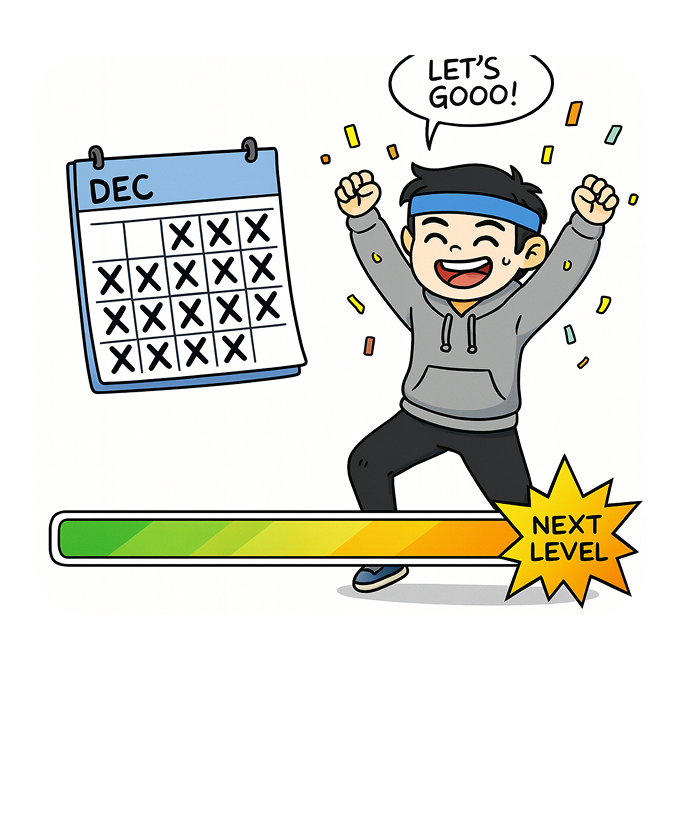
CritterQuest
CritterQuest takes a playful approach by pairing each user with a critter companion. Every workout earns in-game currency that can be used for power-ups, evolutions, or customization. Critters are also collectibles that can be traded or added to a master set, with limited editions unlocked through social challenges. As consistency grows, the critter evolves along different paths that reflect the user’s style, turning progress into a personal journey. If streaks are broken, the critter enters a recovery stage with special quests to help the user rebuild momentum. CritterQuest focuses on fun, ownership, and keeping workouts engaging over the long term.
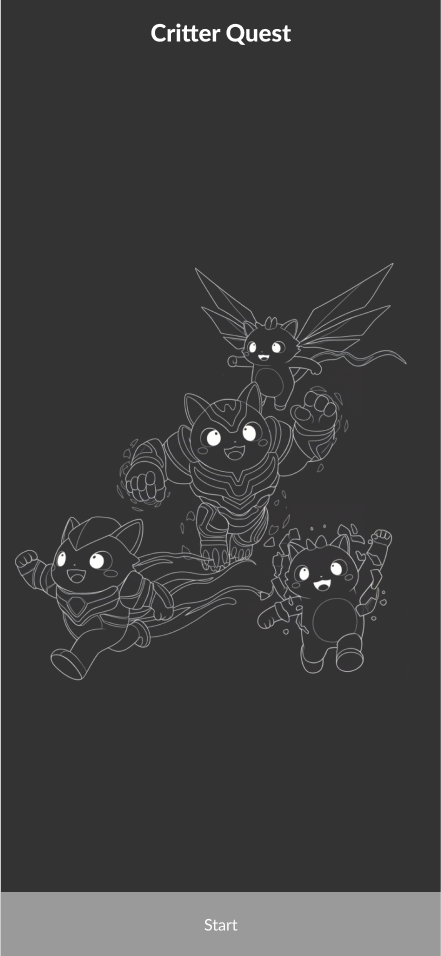
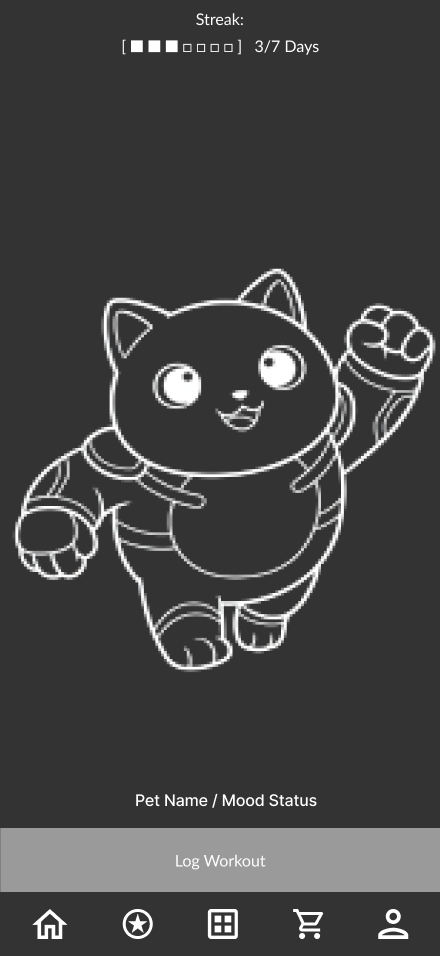
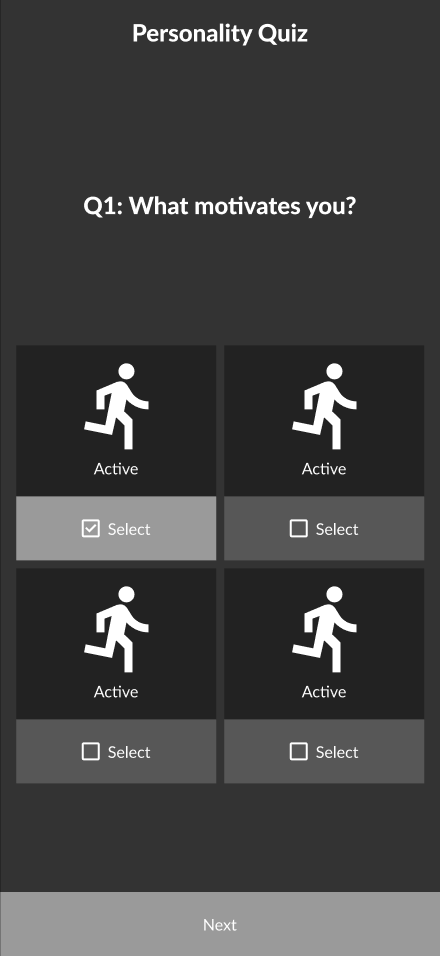
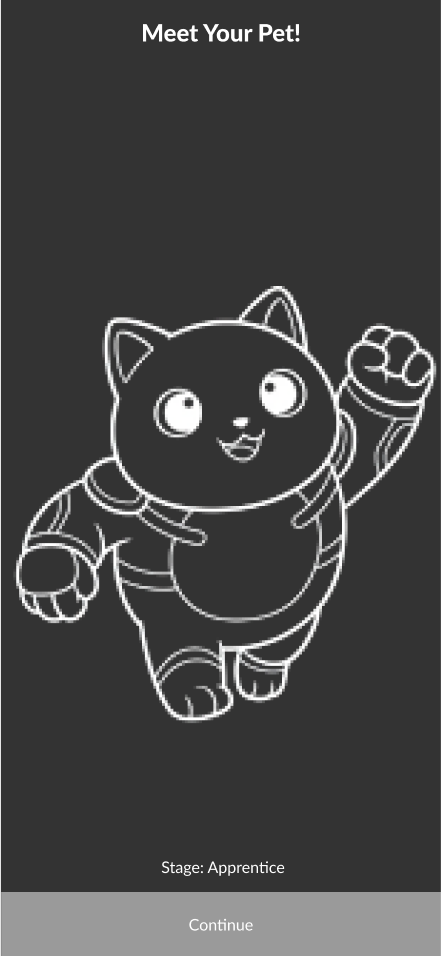
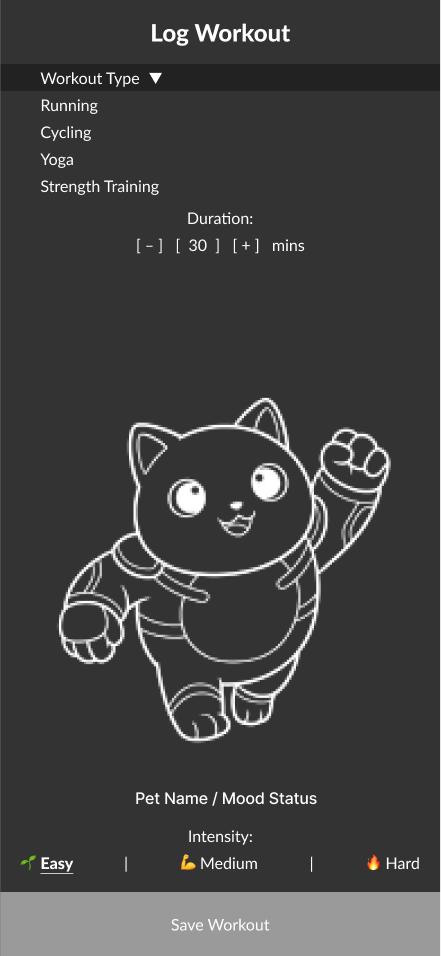
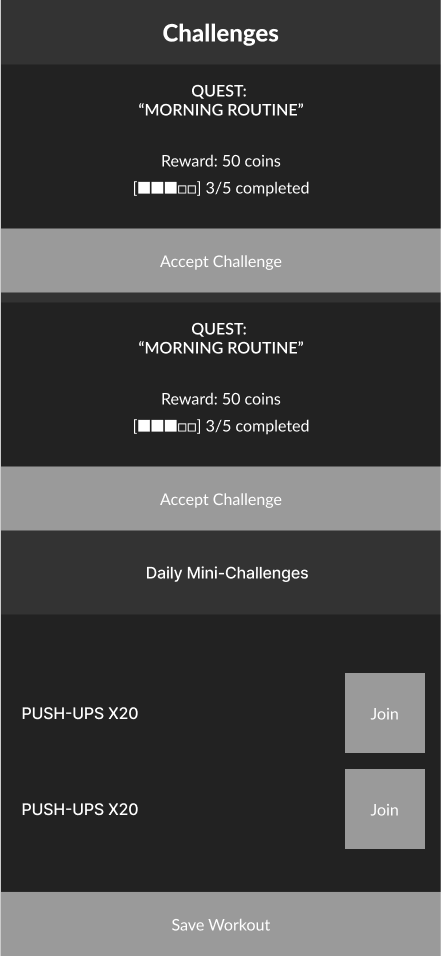

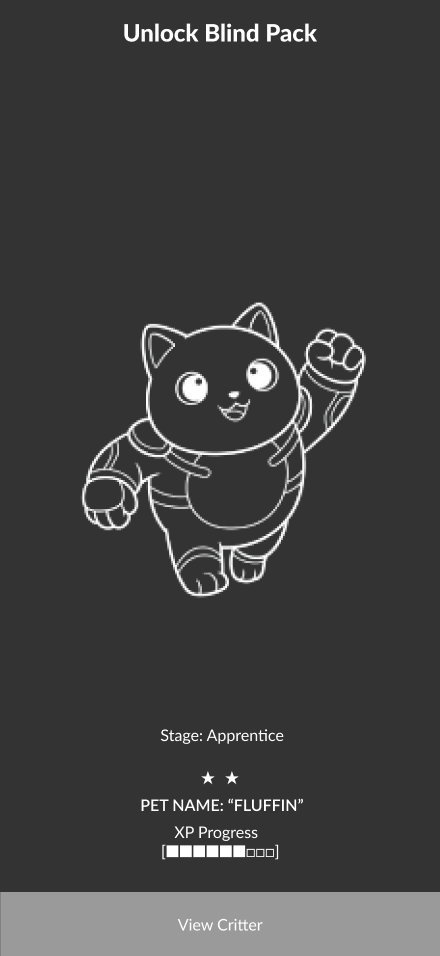
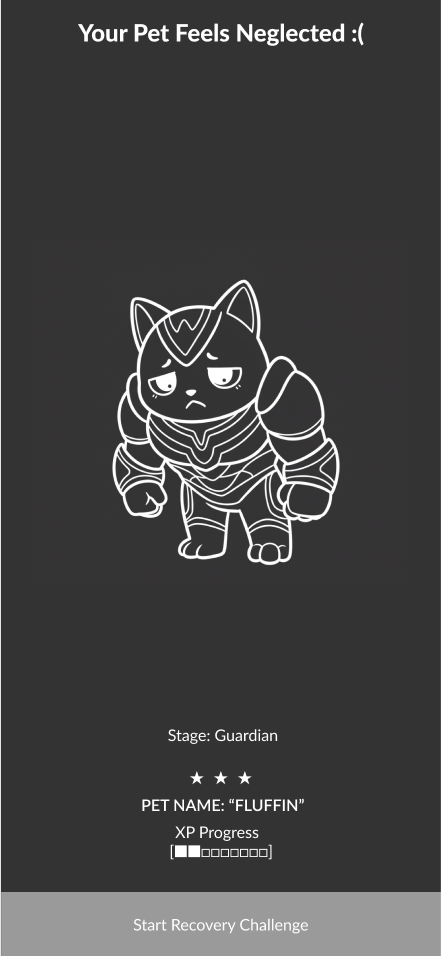
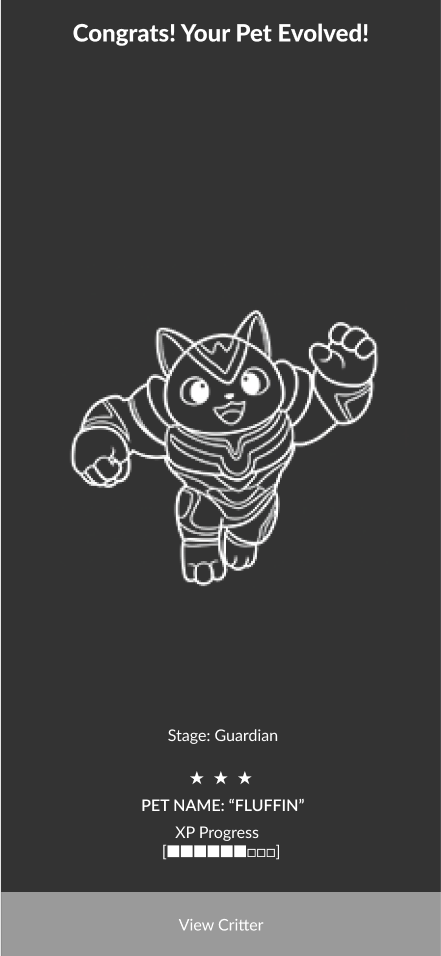
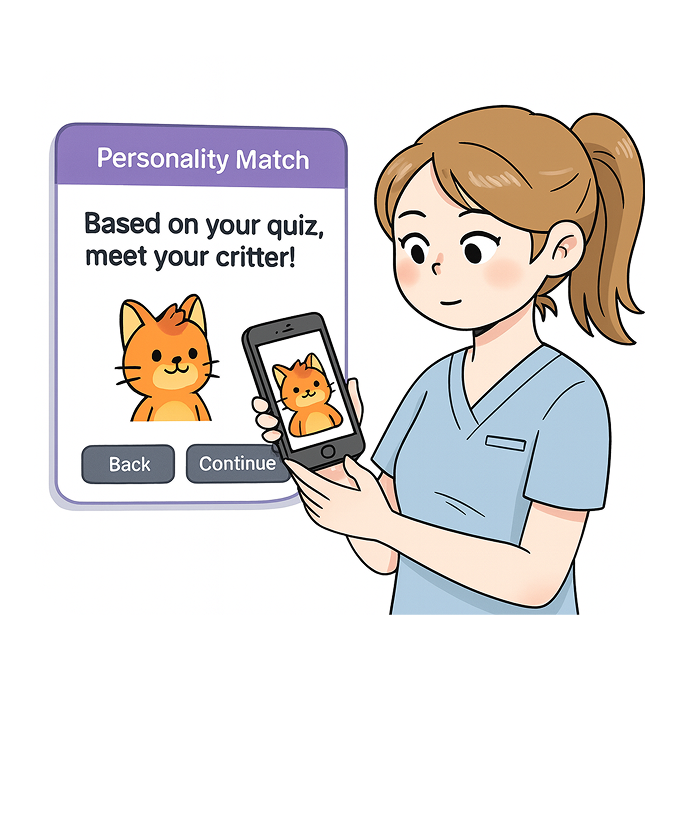
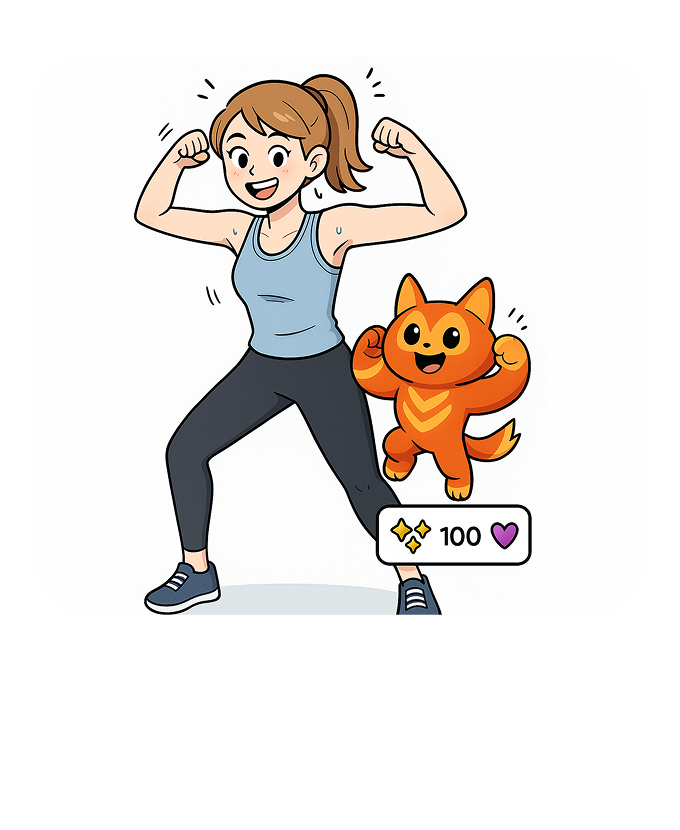
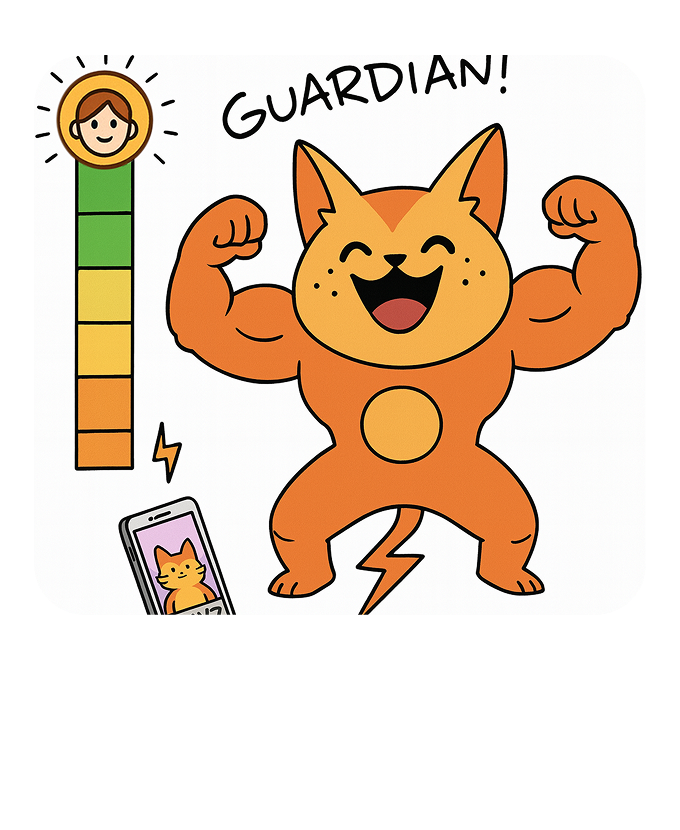
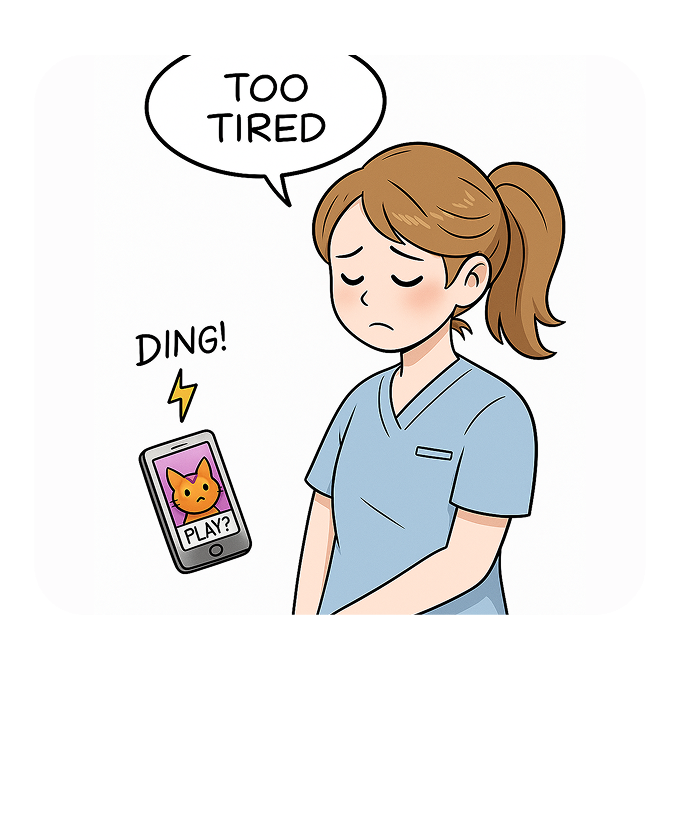
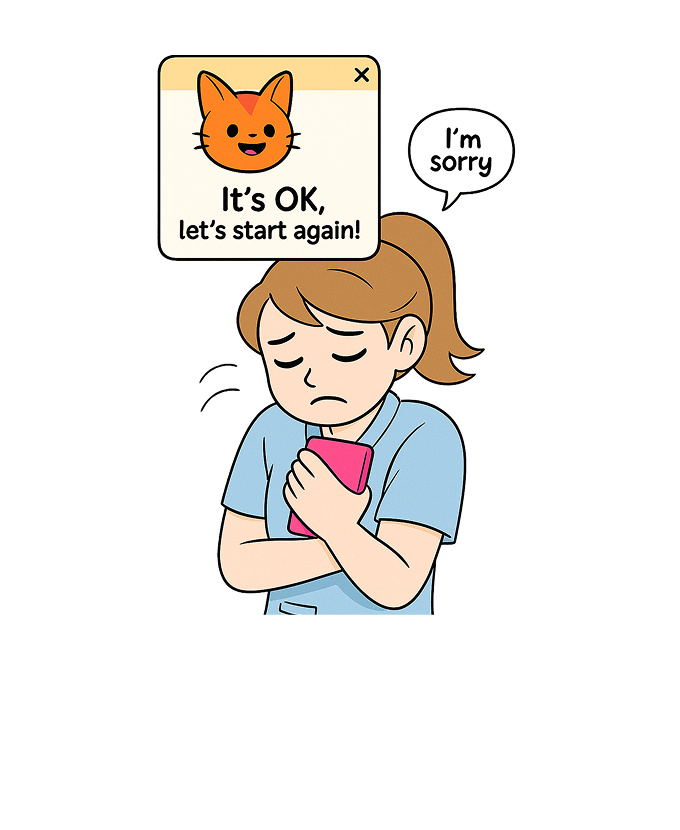
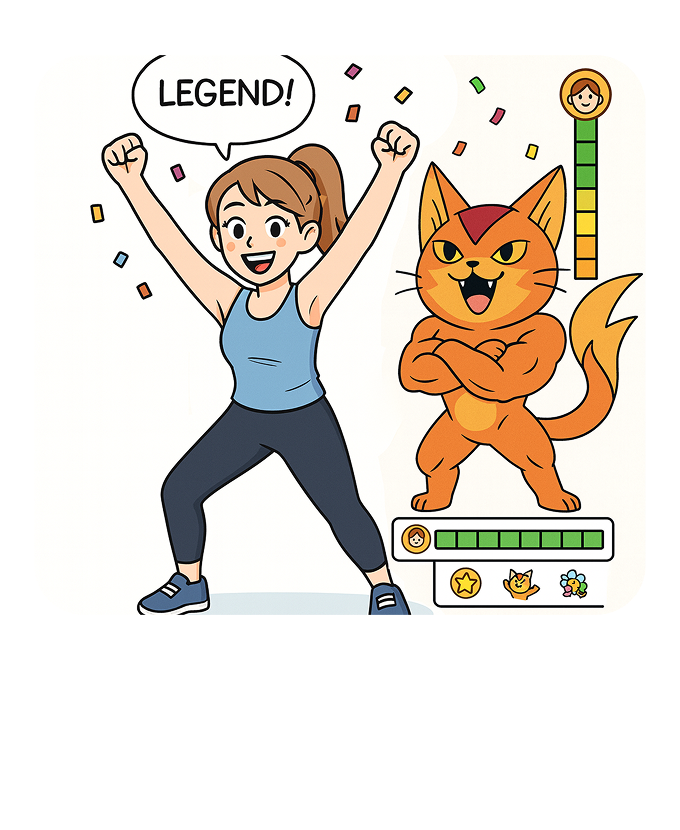
Benchmarking Next Steps
At this stage I outlined what would need testing rather than running formal studies. For StepUp, the focus is on whether simple onboarding and forgiving resets reduce drop-off for beginners. For CritterQuest, the question is whether the collectible loop motivates users without pulling attention away from real workouts. A final step would be exploring whether a hybrid of both approaches could combine clarity with long-term engagement.
Reflections
This project reinforced that building habits is as much about emotion as function. Exercise is not only about time management but also about mindset, guilt, and motivation. Using AI for research proved to be a fast and affordable way to surface themes, while defining benchmarks clarified where testing should focus. If developed further, the next step would be to validate a hybrid approach that blends StepUp’s clarity with CritterQuest’s playful rewards.
Thank you for reading.

